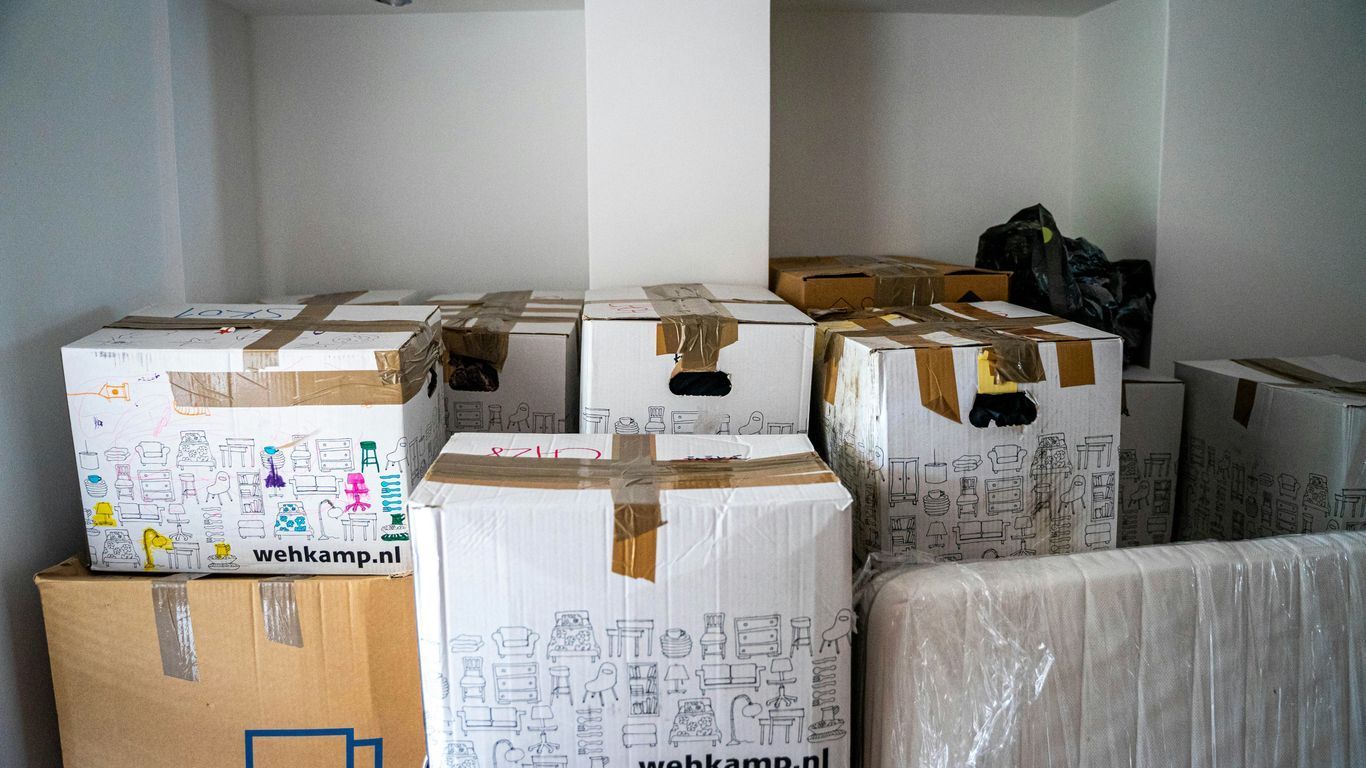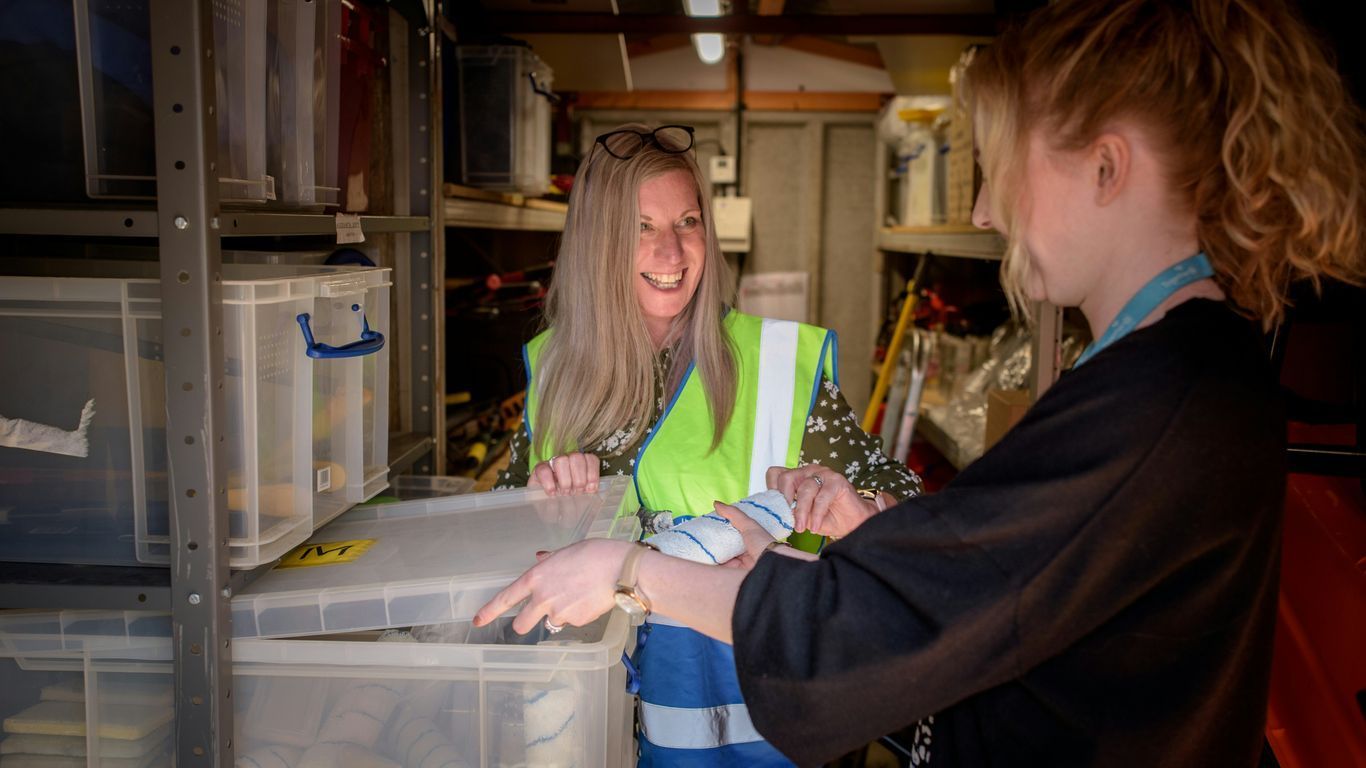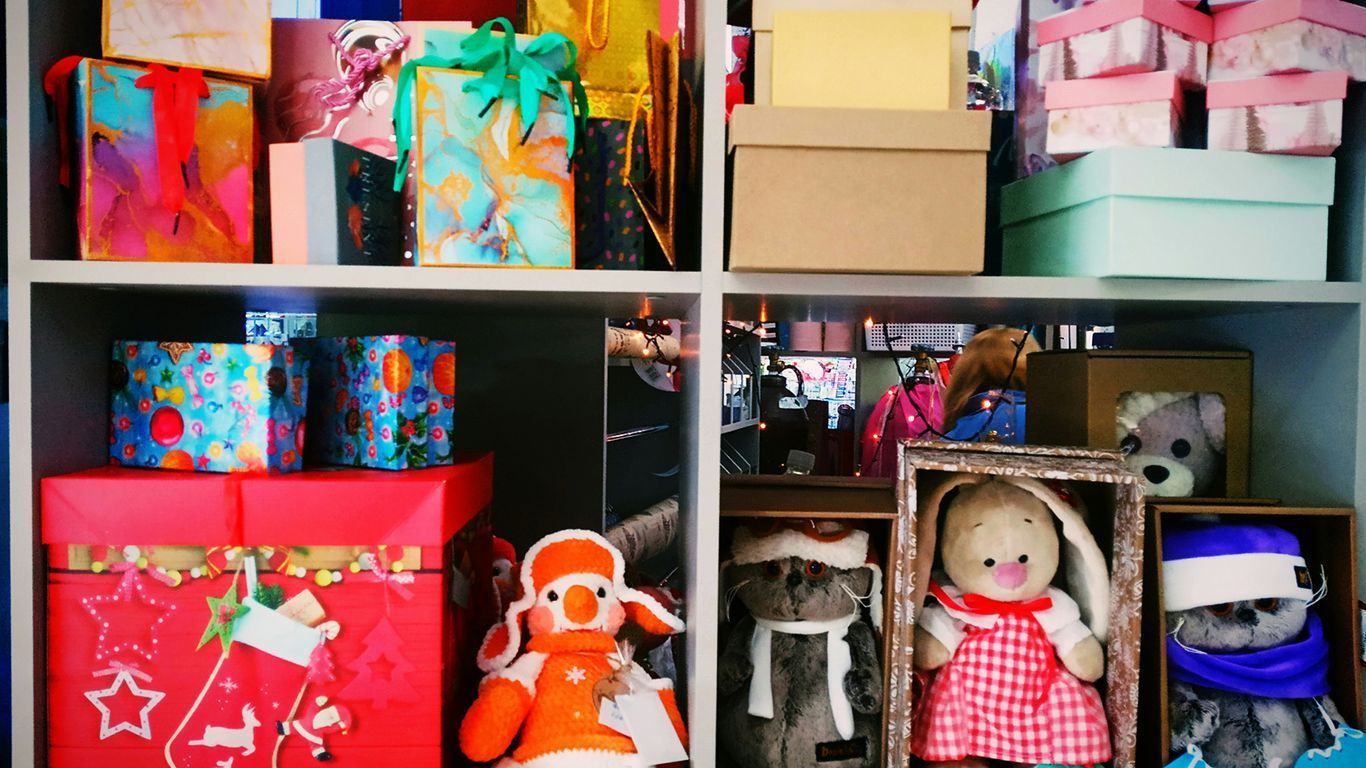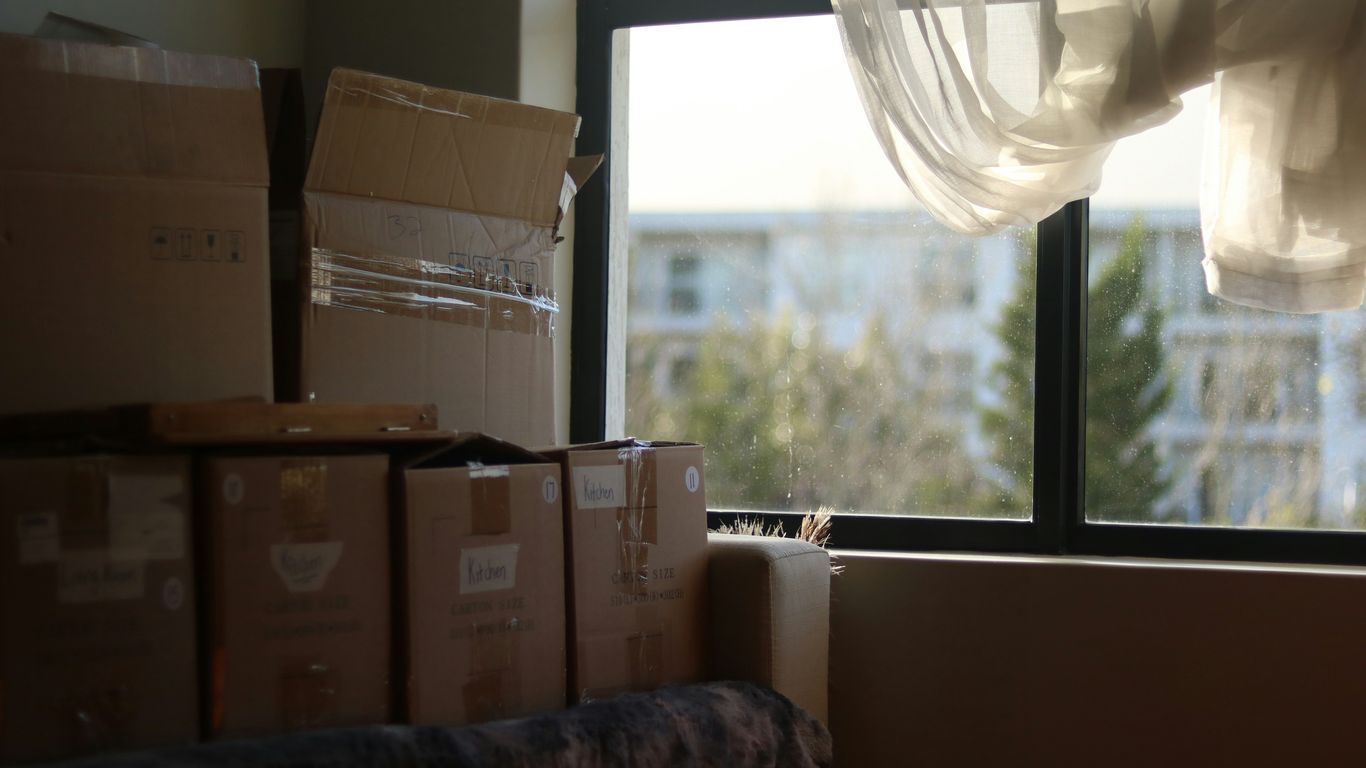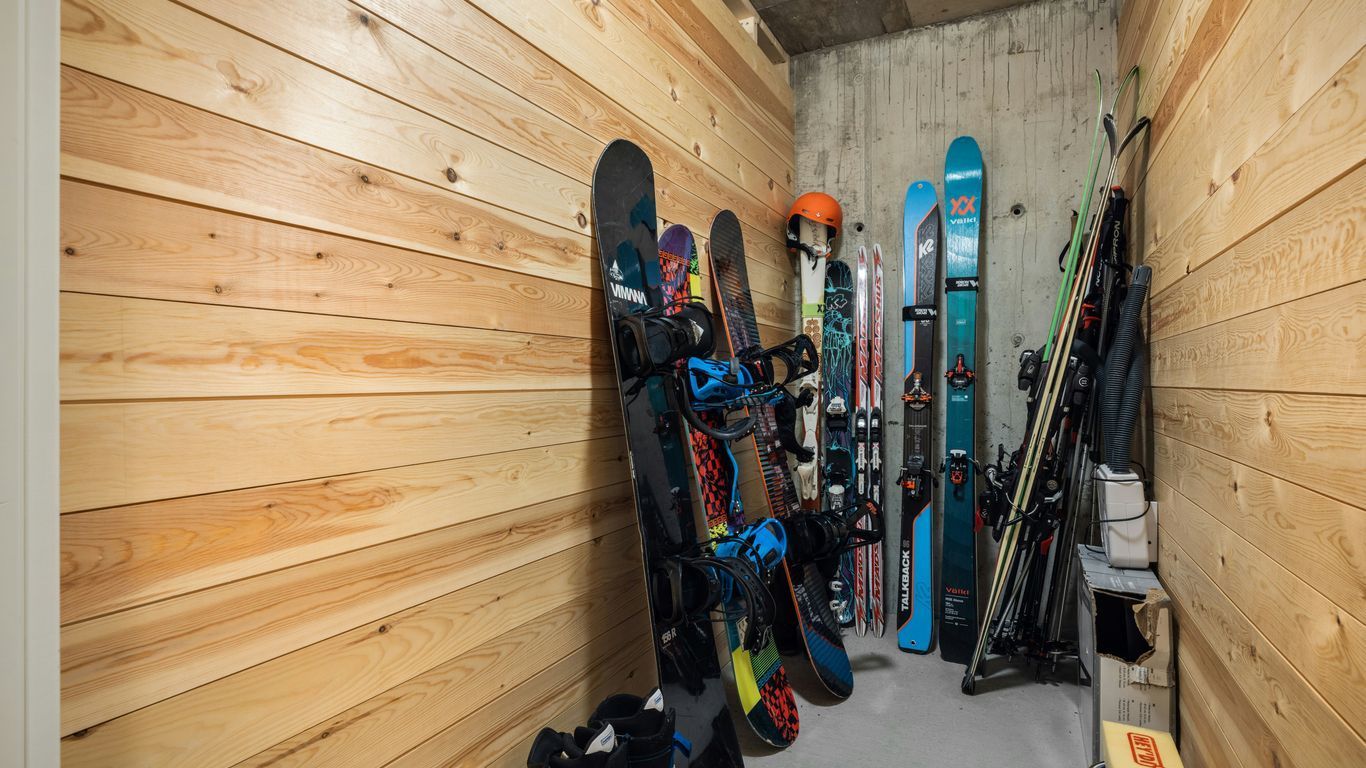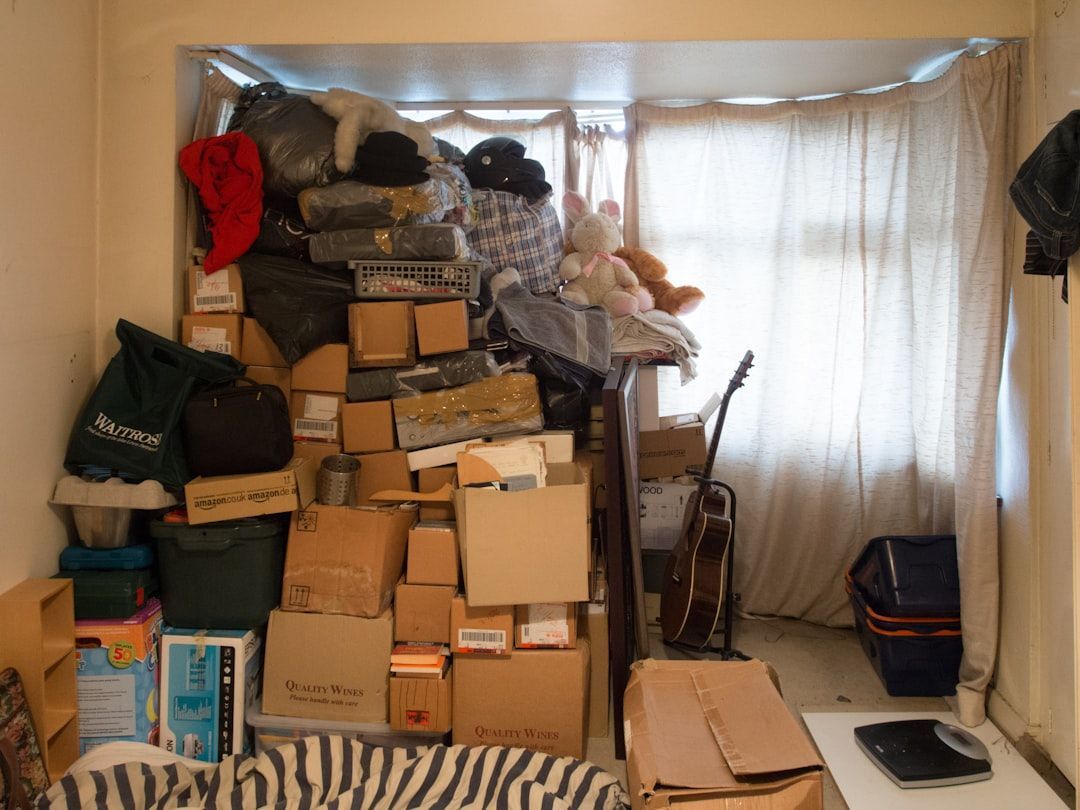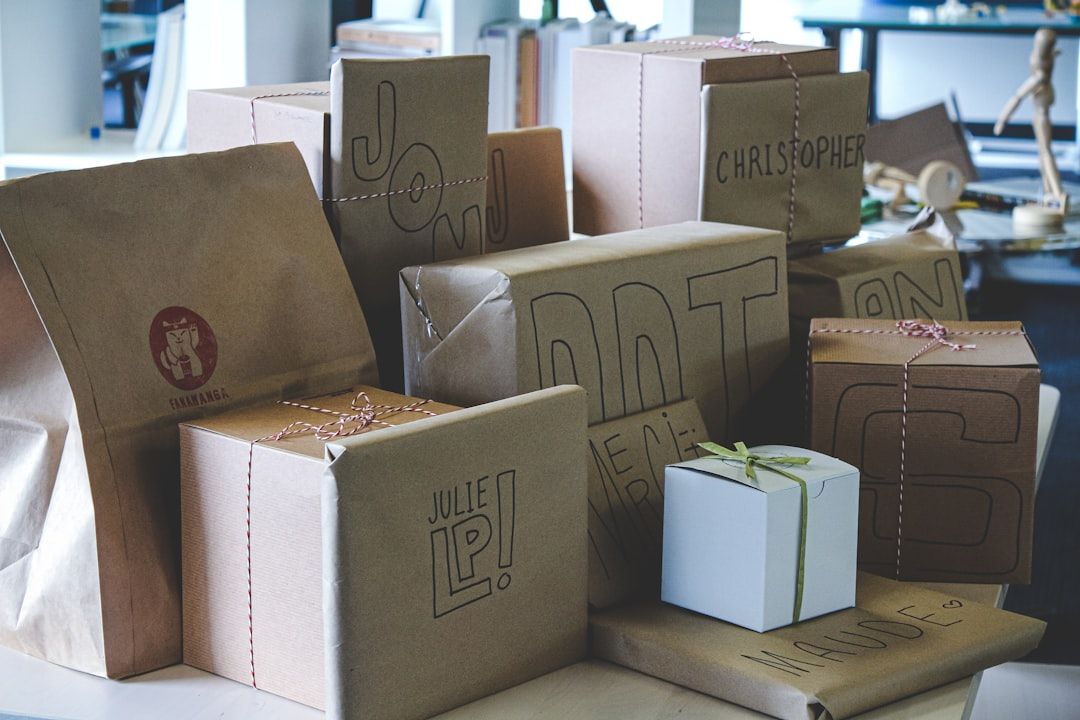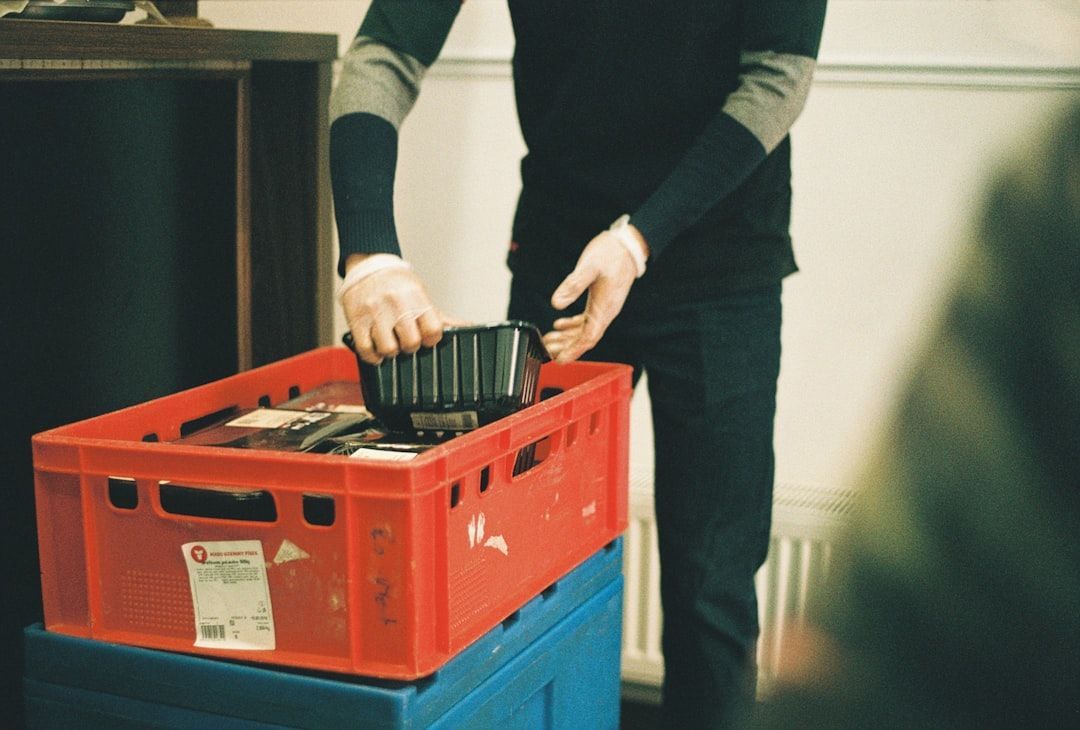How to Insure Your Stored Items (and When You Should)
Ever wondered what happens to your stuff when you put it in storage? It’s a common question, especially if you’re moving, downsizing, or just need extra space for a while. The truth is, not everything in storage is automatically covered by your regular insurance. This storage unit insurance guide will walk you through what you need to know about keeping your things protected, when you might need extra coverage, and how to avoid surprises if something goes wrong.
Key Takeaways
- Homeowners and renters insurance usually only cover a portion of your belongings in storage, not the full amount.
- Some storage facilities require you to show proof of insurance or buy their own policy before you can rent a unit.
- High-value items like jewelry or collectibles often need extra coverage—they might not be fully protected by standard policies.
- If you’re storing vehicles, boats, or RVs, you’ll need a different kind of insurance to cover them.
- Always check what your policy actually covers, ask questions at the storage facility, and make a list of what you’re storing to figure out if you need more protection.
Understanding Storage Unit Insurance Guide Basics
Getting your stuff packed away in a storage unit can be a relief, but what if something goes sideways? Sometimes, things like fires, break-ins, or nasty storms happen. That’s where storage unit insurance steps in—it picks up the slack and helps you out when the unexpected hits. If you’re unsure about what this type of insurance is all about or whether you need it, let’s walk through the basics and clear up some confusion.
What Is Storage Unit Insurance?
Storage unit insurance is a specialized policy that covers your belongings when they’re locked away somewhere outside your main home. Unlike regular homeowners or renters insurance, this type focuses on things like theft, fire, and natural disasters at storage facilities. In cases where your main policy won’t cough up enough, storage insurance fills that gap. Some places explain that it helps you figure out if your situation actually needs insurance or not, depending on where and what you’re storing, as storage insurance offers protection for items whether you’re stashing boxes for a season or keeping items long-term.
Here’s what is typically covered:
- Damage from fire or smoke
- Theft from the storage facility
- Natural disasters such as hurricanes or tornadoes (varies by policy)
- Sometimes, accidental damage caused by facility issues (like a broken pipe)
Block out one thing in your mind: most policies won’t help you with mold, mildew, or pests, so double check before you just assume everything’s covered.
If you’re setting aside family photos or electronics in storage, think about whether you’d be able to replace them out of pocket if something goes wrong. Insurance is your backup plan when the worst happens.
Who Needs Storage Unit Insurance?
You might think, “I’m just storing old furniture, do I really need more coverage?” And sometimes, the answer is no. But storage insurance isn’t just for folks storing antiques or a giant comic book collection. A few situations where it makes sense:
- You don’t have homeowners or renters insurance, or your coverage limit for stored property is super low
- The storage facility requires proof of insurance (lots do these days)
- You’re storing anything high in value—jewelry, musical instruments, electronics
- Your stuff is in storage long-term or the facility is in a high-risk area
- You’ve got limited faith that the facility’s security is rock solid
Common Myths About Storage Insurance
Honestly, there’s a lot of misunderstandings going around. Here are some of the big ones—don’t get caught off guard:
- All my stuff is covered by my renters or homeowners policy
- Nope—not always. Those policies often limit coverage for items in storage (sometimes as low as 10% of your total personal property coverage).
- The storage company’s insurance will protect my things
- Most storage facilities only insure their own property, not your stuff inside the unit.
- Mold and pests are included in insurance
- Not true—the majority of policies leave out damage from mold, insects, or vermin.
- Any damage, for any reason, means I’ll get reimbursed
- Insurance usually only covers certain specific (named) causes. It’s not all-inclusive.
If you’re putting anything you care about into storage, take a couple of minutes to read what’s really covered. One overlooked detail and you could be left holding the bag if something unexpected happens.
What Homeowners and Renters Policies Cover in Storage Units
Alright, so you’ve cleared out a closet, packed up some extra boxes, and stashed them in a storage unit across town. You might be wondering: if something happens to your stuff, does your usual homeowners or renters insurance step in to help?
Coverage Limits and Exclusions
When it comes to your things in storage, most standard policies don’t just follow your belongings without any restrictions. Generally, your policy will only cover a certain percentage (often around 10%) of your total personal property coverage for items outside your home. For example, say your policy protects up to $60,000 in personal property—your offsite coverage could be capped at $6,000 for items kept in a storage unit.
Here are some other important limits and exclusions:
- Mold, mildew, and pest damage usually aren’t covered.
- Losses from things like war, nuclear hazards, or earthquakes may be excluded (unless you added extra coverage).
- Many policies require you to pay your deductible before the insurer pays out.
Most homeowners and renters policies help with damaged or stolen items in storage, but you need to check both the limits and the fine print—you might end up surprised by what’s actually excluded.
Named Perils and Deductibles
Don’t expect a blank check for anything that could possibly go wrong. Insurance only steps in for certain named perils—meaning specific risks laid out in the policy. Common examples include:
- Fire or smoke
- Theft and vandalism
- Water damage from sudden events (not slow leaks)
- Windstorms or hail
Before coverage kicks in, you’ll also owe your deductible, which is the amount you pay out of pocket before insurance does the rest. If your deductible is $1,000 and someone breaks in and causes $2,000 in damage, insurance pays for only half after you pay your part.
Special Rules for High-Value Items
High-value stuff—think jewelry, artwork, sports memorabilia, or electronics—has its own rules. Most policies put a specific dollar limit on categories like these (sometimes as low as $1,000–$2,500 total) when stored offsite, so you could end up underinsured if disaster strikes.
To make sure you’re covered:
- Take an inventory and add up the value of pricier belongings.
- Ask your insurance agent if you need to "schedule" (insure individually) any valuable items.
- Consider a separate rider or policy for items with higher-than-normal worth.
Don’t just assume everything is handled. Double-check those limits and exclusions—especially if you’re storing anything fancy or irreplaceable. A single policy surprise could cost a lot more than the box rental ever did.
Scenarios Where You’ll Need Extra Insurance for Stored Items
Every storage situation isn’t the same, and sometimes, the insurance coverage you already have just won’t cut it. These are common circumstances when getting extra protection for your stuff in storage makes a real difference.
Long-Term Storage Situations
Keeping things in storage for months—sometimes years—might seem harmless at first, but a lot can go wrong. Homeowners or renters insurance usually only covers a small portion of your stuff while it’s away from home, and that coverage has limits that won’t budge just because you store items longer. Here are a few headaches that might creep up with long-term storage:
- Regular insurance might not cover gradual damage (like mold, pests, or humidity), especially over a long time.
- Most policies have a limit—often 10% of your total personal property coverage—for items in storage.
- Some items, like collectibles or documents, need better protection, especially in non-climate-controlled units.
For peace of mind during long-term storage, consider choosing a climate-controlled unit and talk to your insurer about filling those coverage gaps before you pack up.
If the Storage Facility Requires Proof of Insurance
It’s actually pretty common for storage places to ask for proof that your stuff is covered. Sometimes, your current policy isn’t enough, and they’ll encourage you to grab extra coverage. Here’s what you might run into:
- The facility wants liability protection inside their contract, to protect themselves—and you—from unexpected things.
- The insurance the facility offers may be more expensive but doesn’t always cover as much as you’d think.
- Double-check what your homeowner’s or renter’s policy covers, and don’t just rely on what the storage place sells you. Sometimes, you’ll find better deals with an outside insurer.
Storing Vehicles, Boats, or RVs
Most people don’t realize that homeowners, condo, or renters insurance won’t protect cars, boats, or RVs sitting in storage, not even a little. That’s where separate comprehensive coverage (usually from your auto or recreational vehicle insurer) becomes important. Some smart moves to consider:
- Get comprehensive or storage-specific insurance for anything with wheels or a motor.
- Confirm what counts as covered damage—fire, theft, vandalism, and so on.
- If your storage lasts through a season (like winter), make sure your policy runs the entire length of time your vehicle is stored—and ask about any discounts.
For these special items, check out some practical storage tips, like picking a secure, climate-controlled unit and using quality locks for extra peace of mind—these can help prevent issues before they start (maximize vertical space in your storage unit).
Extra insurance might feel unnecessary until you really need it. If you’re worried about storms, long-term storage, or what happens if your facility isn’t as secure as it seems, it’s worth looking into your policy and asking questions before leaving your stuff behind.
How Insurance Works When Moving or Temporarily Storing Possessions
When you're in the process of moving or thinking about putting your stuff in storage for a bit, the last thing you want to worry about is all the fine print in your insurance policy. It’s definitely not fun to read, but it helps to know what’s actually protected—and what isn’t—while your things are in limbo.
Coverage While Moving With a Professional Company
If you use a professional moving company, most homeowners and renters insurance will still cover your personal property during the move. But if movers accidentally break something while packing or hauling your sofa, your own policy usually won't pay for the damage—unless you bought separate insurance through the moving company.
Here’s what often gets overlooked:
- Moving companies are required to provide basic carrier liability (about $0.60 per pound for each item). That’s not much if your 100-pound dresser gets wrecked.
- You can buy full replacement value coverage from your mover, which covers the current market value of damaged, lost, or destroyed items.
- Some local laws don’t let movers sell insurance directly, so you might need to go through a third party.
Take time to ask the moving company what kind of liability protection is standard and what extra options they have—it could save you a headache if anything goes wrong.
Storing Items With Movers vs. Self-Storage
If your things are sitting in a mover’s warehouse, they’re usually protected up to the policy limits and only for specific causes, like fire or theft, not for accidents by the moving crew.
Now, if you’re renting a regular self-storage unit, most home or renters insurance offers a smaller coverage amount for stored stuff, often about 10% of your normal personal property coverage. For example, if you have $40,000 in coverage at home, you might get $4,000 coverage for things in a storage unit.
Some points to keep in mind:
- Coverage from your own policy may have stricter limits for storage units, so don’t expect full coverage for all your stuff.
- Damage from mold, pests, or floods isn’t usually covered.
- If you want more protection, look at specialty storage insurance policies. Sometimes, the storage facility can add insurance to your contract for extra peace of mind.
Limits During Temporary Housing or Relocation
Let’s say you can’t live at your place for a while and have to stay at a hotel, with family, or in a temporary rental. Most homeowners and renters insurance will extend a portion of your coverage (often 10%) to wherever you’re temporarily staying.
In real life, that means:
- A $30,000 personal property policy = $3,000 coverage for stuff at your temporary spot.
- Higher-value items such as jewelry or art may have specific sub-limits. You’ll need to ask about extra riders if you’re worried about those.
- If your stuff gets damaged or stolen at your temporary address, you'll still owe your deductible before you see any reimbursement.
Remember: Relocation is stressful enough, so knowing your policy’s small print now is way better than learning it the hard way after something’s gone missing.
Tips for Choosing the Right Storage Unit Insurance Policy
Choosing insurance for your stored things isn’t something people do every day. It can feel like a hassle, but doing it right means more peace of mind. Here’s what to keep in mind:
Comparing Coverage Options
Don’t pick the first policy you come across. The details matter, especially with what’s actually covered.
- Look at both the amount and type of protection (actual cash value vs. full replacement value).
- Make sure the policy covers specific perils common to storage, like theft or water leaks.
- Don’t ignore exclusions—things like natural disasters or vermin damage are often left out.
It’s much easier to compare now than to regret not having enough coverage later if something unexpected happens.
What to Ask Your Storage Facility or Insurer
Before signing anything, ask questions until you feel confident. Storage companies often offer in-house policies, but these can be limited.
- Do you require proof of insurance, or do you offer your own?
- What is the maximum value that can be insured?
- Are there deductibles or special rules for items like jewelry or collectibles?
- Can climate-controlled units lower risks or insurance costs? (effective long-term storage)
Determining the Value of Your Stored Items
It’s surprising how fast the value adds up, even if you just store holiday decorations and old furniture. Take the time to:
- Make a list of every box and item you store—snap photos as you go.
- Estimate each item’s value, using receipts or current replacement costs if possible.
- Add it up and round higher than you think you’ll need (it’s better to have more coverage than less).
Missing something? Update your list as you rotate things in or out.
Storage insurance isn’t just about ticking a box—it’s about actually covering what you care about. Take your time, ask direct questions, and make sure your policy matches your real risks, not just the storage facility’s requirements.
Protecting Belongings for Students and Temporary Moves
When you’re shuffling belongings for a short period—whether it’s summer break at college, a home remodel, or a short-term apartment switch—you definitely want those items to stay safe. But insurance in these situations works differently, and it’s not always as simple as dropping everything into a storage locker and moving on.
Insurance for College Dorms and Off-Campus Storage
Parents often assume their homeowners policy automatically covers everything their kid takes to campus, but that’s only partly true. Most policies only extend a portion of coverage (usually around 10% of your total personal item limit) for stuff stored or kept in student housing or storage units. For example, if your policy covers $50,000 in personal belongings at home, your student’s dorm room or nearby storage unit may only be insured up to $5,000.
- If your student owns expensive tech, instruments, or bikes, these could exceed those limits fast.
- Off-campus apartments usually still qualify for this extended coverage but should have updated policy addresses to avoid claim headaches.
- For more robust protection, your student can get their own renters policy through the college or a third party.
Stolen laptop from the library? A standard policy may help only if coverage limits for off-premises property haven’t been maxed out by other losses.
Temporary Storage During Home Renovations
When your house is in chaos because you’re renovating bathrooms or redoing floors, putting furniture and boxes in storage is a no-brainer. However, check whether your insurance caps coverage at a set percentage for property outside your home. Many policies won’t cover mold or gradual water damage, both of which can happen in storage units if you’re not careful.
Here’s how to do it smart:
- Ask your insurer how much of your property limit applies to storage—most stick to the 10% rule.
- List and estimate the value of everything you’re storing.
- Consider a rider or separate policy if you’re packing away antiques, art, or high-end electronics during your remodel.
Keeping your stuff safe means knowing what’s not covered too, like vermin, rust, or flooding in some cases. Keep a record with photos, just in case claims get complicated.
Additional Renters Insurance Options
If you’re moving for a short stint, your landlord may require renters insurance, or it might just be a good idea. These policies can protect your stuff wherever you live—and sometimes even if it’s in a self-storage facility tied to your new address. If there’s a move or gap between leases, consider these steps to cover your things in the interim:
- Check if your renters policy applies during your actual move. Some do, but coverage might only kick in if the damage results from things like fire or theft, not if movers break grandma’s lamp.
- If the new rental comes furnished and you’re leaving valuables in storage, think about a short-term contents policy just for those items.
- Higher-value belongings (like jewelry or collectibles) almost always need special coverage or their own policy add-ons.
When you use storage or professional movers, different policies and limits may apply depending on the circumstances. Organize your storage and compare insurance options early, so you don’t get left hanging if disaster strikes. Don’t just go by the lowest premium—look closely at what’s actually protected when your stuff is out of the house.
Moving out for school or just for a little while? Keep your stuff safe and out of the way with our storage units. Green Locker Storage makes it easy for students and anyone making a temporary move. Want to learn more? Head to our website and see how simple and affordable it is to get started today.
Wrapping It Up: Protecting Your Stuff in Storage
So, figuring out insurance for your stored items isn’t exactly thrilling, but it’s worth the effort. Whether you’re stashing things in a storage unit, sending your kid off to college, or just in between homes, your stuff is probably covered in some way—just not always as much as you’d hope. Most of the time, your homeowners or renters policy will give you some protection, but there are limits, and you’ll want to double-check what’s actually included. If you’ve got anything extra special or pricey, it might be smart to get extra coverage or look into what the storage place or moving company offers. At the end of the day, it’s all about knowing what you have, what your policy says, and making sure you’re not left out in the cold if something goes wrong. Take a little time to review your coverage before you move or store things, and you’ll save yourself a lot of headaches later.
Frequently Asked Questions
Does my homeowners or renters insurance cover items in a storage unit?
Yes, most homeowners and renters insurance policies will cover your belongings in a storage unit, but usually only up to a certain limit—often around 10% of your total personal property coverage. For example, if your policy covers $50,000 of personal property, only $5,000 might be covered while in storage. Check your policy for details.
What kind of damage is covered for items in storage?
Your items in storage are usually protected from theft, fire, and certain weather events like storms. However, most policies do not cover damage from mold, mildew, or floods. Always double-check your policy to see exactly what is included.
Do I need extra insurance if my storage facility asks for proof?
Some storage facilities require you to show proof of insurance before you can rent a unit. If your current policy doesn’t cover enough, or if you want more protection, you can buy extra insurance either from the storage company or through another insurance provider.
Are vehicles, boats, or RVs in storage covered by my homeowners insurance?
No, homeowners or renters insurance usually does not cover vehicles, boats, or RVs in storage. You will need to have separate insurance, like comprehensive auto coverage, to protect these items while they are stored.
What happens if my items are damaged during a move?
If you hire professional movers, your homeowners or renters insurance might cover damage caused by certain events, like a fire or theft, but not if the movers accidentally break your stuff. Moving companies often offer their own insurance options for extra protection. If you move things yourself, your policy may only cover items if the damage is from a covered risk, not from dropping or mishandling them.
How can I make sure my valuable items are fully protected in storage?
For expensive things like jewelry or art, your regular policy might not cover the full value. You can ask your insurance company about adding extra coverage, called 'scheduling' these items, or you can buy a separate policy just for them. This way, if something happens, you’re more likely to get the full value back.

